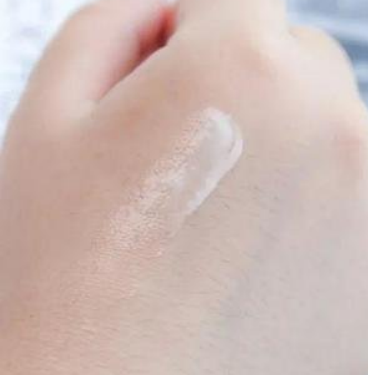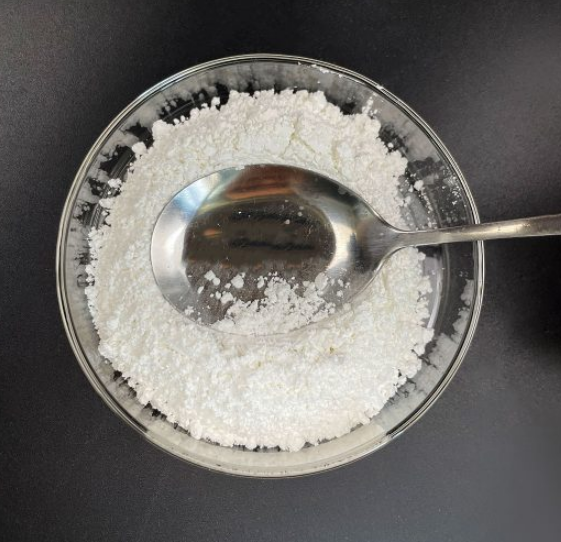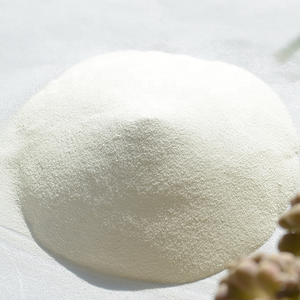1. Introduction
Just 36 hours ago, a team at the University of Nebraska-Lincoln published field trial results showing a 22% increase in glyphosate absorption when paired with a low-dose sodium lauryl sulfate (SLS) surfactant blend—outperforming pricier non-ionic options like polysorbate 80 and Pluronic 127. While SLS is infamous in skincare circles (often labeled as ‘sls sodium lauryl sulfate’ on ingredient lists), its real superpower lies far from the bathroom cabinet: in the world of precision agriculture.

Farmers and agronomists are increasingly turning to SLS not just for its affordability, but for its unmatched ability to reduce surface tension on waxy or hairy weed leaves. In short, SLS helps herbicides stick, spread, and sink in—making every drop count. Let’s dig into how this humble anionic surfactant is quietly reshaping modern weed control.
2. Why Surfactants Matter in Herbicide Applications
2.1. The Meaning of Surfactant—and Why Plants Hate Water
A surfactant—short for ‘surface-active agent’—is a molecule with a hydrophilic (water-loving) head and a hydrophobic (water-hating) tail. This dual nature lets it lower the surface tension of water, allowing sprays to coat leaves instead of beading up and rolling off. Without surfactants, many herbicides would simply bounce off target weeds like rain off a duck’s back.
In agriculture, this is especially critical for tough-to-wet species like lambsquarters or morning glory, whose leaves are coated in waxy cuticles. That’s where sodium lauryl sulfate shines.
2.2. SLS vs. The Competition: Anionic, Non-Ionic, and Amphoteric Options

Not all surfactants are created equal. The market offers anionic (negatively charged), cationic (positively charged), non-ionic (no charge), and amphoteric (dual-charge) types. Sodium lauryl sulfate—also known as sodium dodecyl sulfate or na lauryl sulfate—is a classic anionic surfactant, prized for its strong wetting power.
- Anionic surfactants like SLS and sodium dodecylbenzene sulfonate excel at spreading and penetrating.
- Non-ionic surfactants such as ethoxylated alcohols, Span80, or coco glucoside are gentler but less aggressive on waxy surfaces.
- Amphoteric options like cocamidopropyl betaine (aka coco betaine or amidopropyl betaine) offer pH stability but at higher cost.
- Bio surfactants like rhamnolipids or sodium cocoyl glutamate are eco-friendly but often lack field-proven efficacy at scale.
For cost-conscious farmers, SLS remains the goldilocks option: effective, stable, and available from suppliers like Rohit Surfactants Private Limited at competitive rates for ‘sodium lauryl sulfate for sale’.
3. The SLS Advantage in Modern Weed Control
3.1. Synergy with Methylated Seed Oil and Alkyl Polyglucoside
Recent formulations pair SLS with methylated seed oil (MSO) to create a one-two punch: SLS breaks surface tension, while MSO enhances cuticle penetration. Even better, blending SLS with green alternatives like alkyl polyglucoside or decyl glucoside reduces phytotoxicity risks without sacrificing performance.

This hybrid approach is gaining traction in organic-adjacent farming, where labels like ‘sodium coco sulfate’ or ‘coco sodium sulfate’ sound friendlier—but often underperform compared to the tried-and-true SLS backbone.
3.2. Compatibility with Common Herbicides
SLS plays well with glyphosate, 2,4-D, and dicamba—especially when buffered properly. Unlike cationic surfactants such as cetyl trimethyl ammonium bromide (CTAB) or cetyltrimethylammonium bromide, which can bind to anionic herbicides and reduce efficacy, SLS’s anionic nature avoids these antagonistic reactions.
It’s also more stable than ammonium lauryl sulfate (or ammonium dodecyl sulfate), which can volatilize in hot conditions. And while sodium laureth sulfate (SLES)—sometimes misspelled as sodium lauryl ether sulphate or laureth sulphate—offers milder foaming, it lacks SLS’s raw wetting power for agricultural use.
4. Practical Use: How Much SLS Per Gallon?
Most agronomic guides recommend 0.25% to 0.5% v/v of a 30% SLS solution per gallon of spray mix—roughly 1–2 teaspoons per gallon of water. This translates to effective coverage without excessive foaming (a common concern when using ‘sls sulfate’ in tank mixes).
For stubborn perennials, some advisors suggest combining SLS with a lawn wetting agent or nonionic surfactant like Poloxamer 188 to boost rainfastness. But beware: overuse can cause leaf burn, especially in high heat.
5. Safety, Myths, and Misconceptions
Despite its bad rap in cosmetics (thanks to viral ‘sls sodium’ fear campaigns), agricultural-grade SLS is rigorously tested for environmental safety. It biodegrades rapidly and shows low toxicity to mammals and birds. It’s not the same as fluoro surfactants or copper 1 bromide—those are entirely different chemical beasts.
And no, SLS won’t replace pulmonary surfactants in premature babies (that’s a whole other sodium lauryl sulfate confusion!). In farming, its role is strictly as a performance enhancer—not a miracle molecule.
6. Conclusion
Sodium lauryl sulfate may never win a popularity contest in the beauty aisle, but in the field, it’s a quiet MVP. As precision agriculture demands smarter, leaner chemical use, SLS’s ability to maximize herbicide efficiency—especially when blended thoughtfully with methylated seed oil, alkyl polyglucoside, or even cocamido derivatives—makes it indispensable. So next time you see ‘lauryl sulfate’ on a label, don’t just think shampoo—think smarter weed control.
Our Website founded on October 17, 2012, is a high-tech enterprise committed to the research and development, production, processing, sales and technical services of ceramic relative materials such as Sodium. Our products includes but not limited to Boron Carbide Ceramic Products, Boron Nitride Ceramic Products, Silicon Carbide Ceramic Products, Silicon Nitride Ceramic Products, Zirconium Dioxide Ceramic Products, etc. If you are interested, please feel free to contact us.


